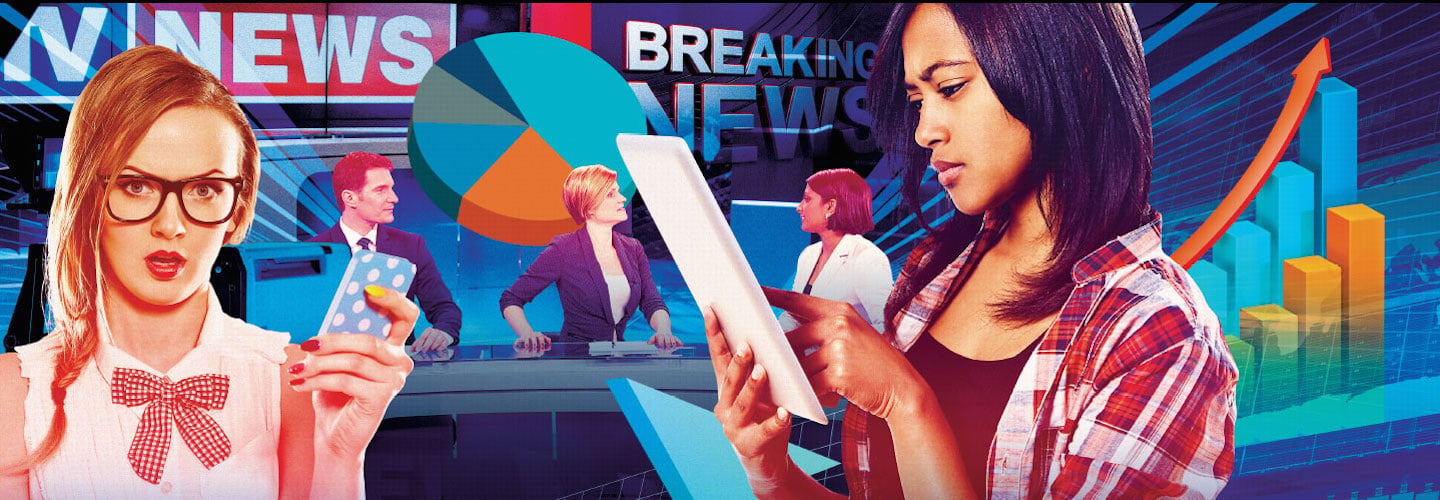Some people have called 2016 the year of fake news. False articles with gripping headlines about everything from the demise of Taco Bell to Hillary Clinton’s selling weapons to ISIS took social media by storm. Millions of people clicked, read, and shared these stories that had no basis in fact.
But it’s not just the articles that can be false. Many fake news sites use bad data or misleading graphs. Even mainstream media outlets are guilty of creating graphs that exaggerate or understate results. Bad graphs and inaccurate data can cause readers to draw the wrong conclusions.
These invented stories supported by bad data are part of a new trend. Fake news websites—many with official-sounding names and professional-looking designs—are multiplying. Experts warn that fake news sites are weakening the public’s ability to distinguish between fact and fiction.
Some people have called 2016 the year of fake news. False articles with catchy headlines were everywhere. Some said Taco Bell was closing. Others claimed Hillary Clinton was selling weapons to ISIS. Millions of people clicked, read, and shared these stories. But these articles were all made-up.
It’s not just the articles that can be false. Many fake news articles use bad data or graphs. Even major newspapers and TV channels have created graphs that misrepresent the data. Bad graphs and data can cause readers to draw the wrong conclusions.
These invented stories supported by bad data are part of a new trend. Fake news websites are multiplying. Many have names that sound official and designs that look professional. Experts warn that fake news sites are making it harder for people to tell the difference between fact and fiction.

